The Villa d’Este in Tivoli, located about 30 kilometers from Rome, is a jewel of the Italian Renaissance listed as a UNESCO World Heritage site.
Commissioned by Cardinal Ippolito II d’Este in the 16th century, it stands out for its magnificent terraced gardens, spectacular fountains, and ingenious hydraulic system. Inspired by Hadrian’s Villa, it has influenced European landscape art through its harmony between architecture, nature, and water features. The villa, with its frescoes and decorations, is a masterpiece of elegance and innovation.
Tour of the Gardens and Villa
The gardens cover an area of 35,000 m² and feature over 500 fountains, waterfalls, and pools. They are arranged along a central axis with transverse paths, offering a harmonious symmetry typical of Renaissance gardens. Visitors can stroll along paths lined with sculpted hedges, statues, and reflecting pools, creating a truly visual and sensory experience.
It is also enhanced by more than 150 trees and thousands of plants: 30,000 annuals, 15,000 perennials, and shrubs.
The Majestic Fountains
Among the most remarkable fountains are the Organ Fountain, which produces sound effects through water, and the Neptune Fountain, one of the most imposing in the garden.
The Fontana dell’Ovato (Oval Fountain) is designed as a water theater with fan-shaped waterfalls, and the Fontana di Proserpina (Fountain of Proserpine) is adorned with statues representing mythological figures.
The Dragon Fountain, located at the center of the garden, is particularly impressive with its powerful water jets and dragon sculptures.
The Villa
The interior of the villa is decorated with frescoes created by artists of the Roman school, including Livio Agresti from Forlì, depicting mythological and allegorical scenes.
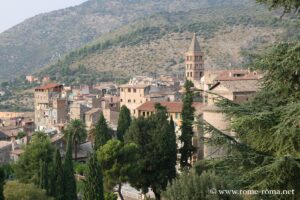
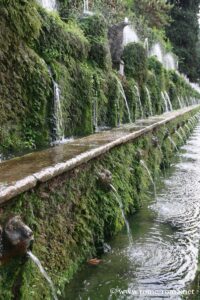
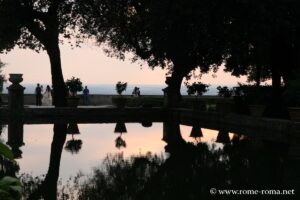
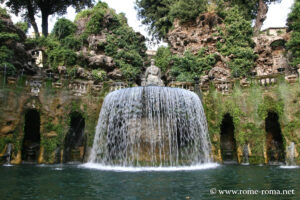
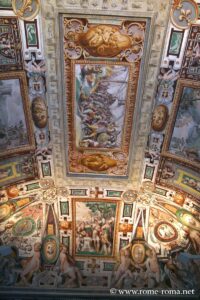
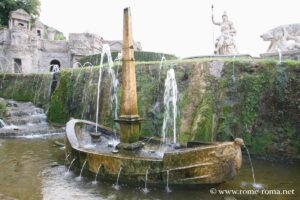
Historical Highlights of Villa d’Este
Commissioned by Cardinal Ippolito II d’Este, appointed governor of Tivoli by Pope Julius III in 1550, the villa was constructed on the site of an ancient Benedictine convent. The cardinal aimed to create a sumptuous residence surrounded by terraced gardens, drawing inspiration from the nearby Hadrian’s Villa.
Construction was overseen by architect Pirro Ligorio, with assistance from hydraulic engineer Tommaso Chiruchi of Bologna, known for his work on the fountains of the Villa Lante near Viterbo.
Work began in 1560 and continued until the cardinal’s death in 1572. Ligorio designed the gardens by integrating architectural elements such as fountains, ornamental basins, nymphaea, and grottoes, creating a unique example of a 16th-century Italian garden, particularly from the Mannerist period, bridging the Renaissance and Baroque eras.
He employed large quantities of marble in the process.
Pressure was maintained solely by gravity, without mechanical devices.
After a period of decline in the 18th and 19th centuries, the villa was restored by Cardinal Gustav von Hohenlohe, who hosted personalities such as composer Franz Liszt. In 1920, the Italian state undertook its restoration.
In 2001, Villa d’Este was inscribed as a UNESCO World Heritage Site in recognition of its outstanding universal value as a testament to Renaissance culture.
Informations
| Tickets to visit the Villa d'Este | |
| Hotels, rooms and apartments near the monument |
| Villa d’Este Entrance Piazza Trento, 5, 00019 Tivoli RM |
Opening Hours and Visits 2024 (please refer to the official website for exceptional openings and closures)
|
Links and Visit
|
Map and address
Address : Piazza Trento 5, 00019 TivoliIf you see this after your page is loaded completely, leafletJS files are missing.
Photo gallery


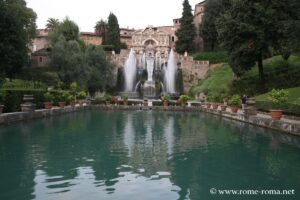
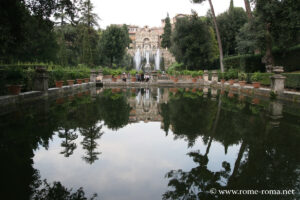

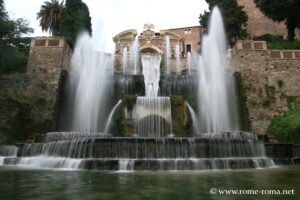
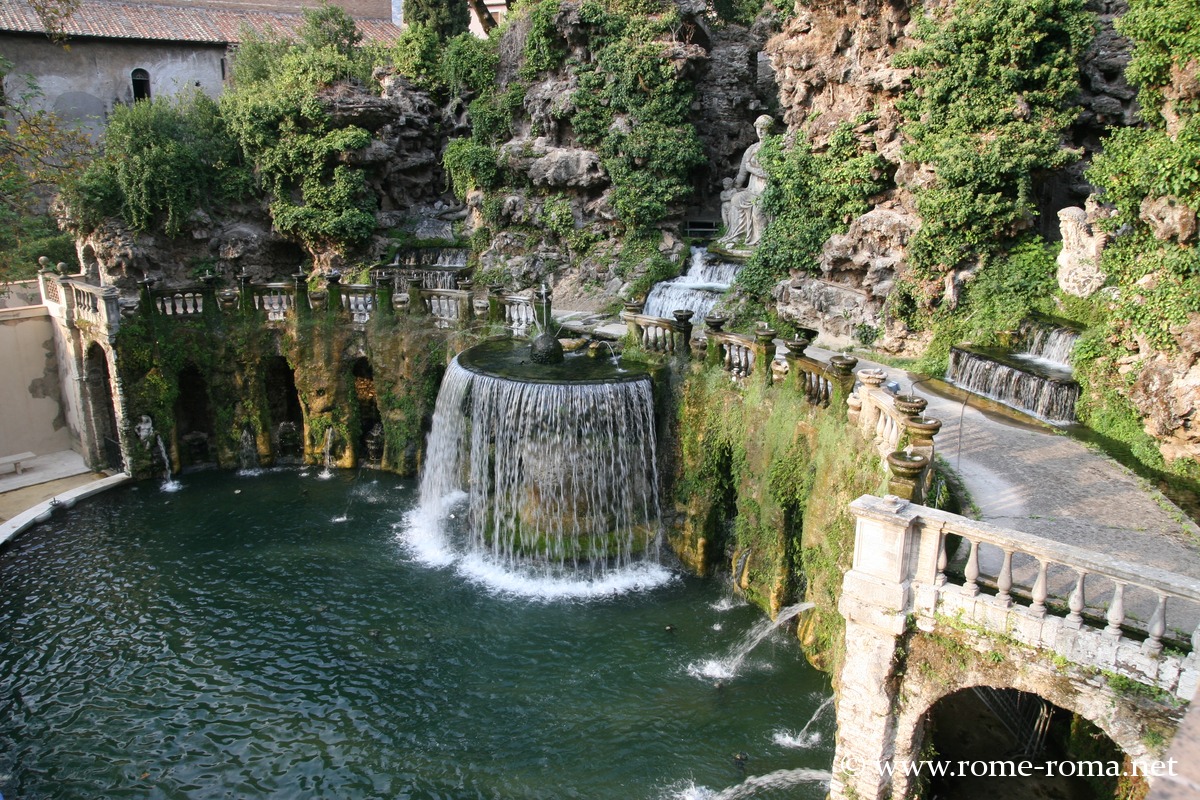
Articles about Tivoli
- Hadrian’s Villa : the imperial villa in Tivoli near Rome
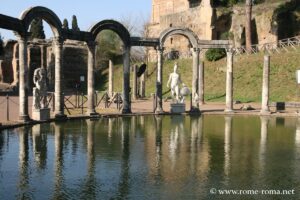 The archaeological site of Hadrian’s Villa (Villa Adriana in Italian) is one of the largest and most impressive architectural complexes ...
The archaeological site of Hadrian’s Villa (Villa Adriana in Italian) is one of the largest and most impressive architectural complexes ... - Villa Gregoriana Park
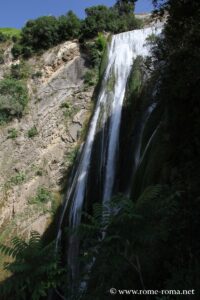 The Villa Gregoriana is a park located in Tivoli, at the foot of the historic town and the ancient acropolis, ...
The Villa Gregoriana is a park located in Tivoli, at the foot of the historic town and the ancient acropolis, ... - Tivoli: its villas and its heritage
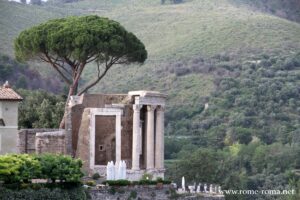 Tivoli, less than 30 km from Rome, is a small town renowned for its heritage with its UNESCO World Heritage ...
Tivoli, less than 30 km from Rome, is a small town renowned for its heritage with its UNESCO World Heritage ... - Villa d’Este in Tivoli: water show of the Renaissance
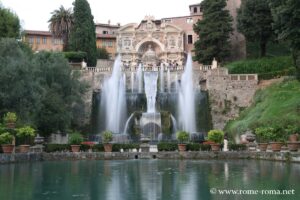 The Villa d’Este in Tivoli, located about 30 kilometers from Rome, is a jewel of the Italian Renaissance listed as ...
The Villa d’Este in Tivoli, located about 30 kilometers from Rome, is a jewel of the Italian Renaissance listed as ...



